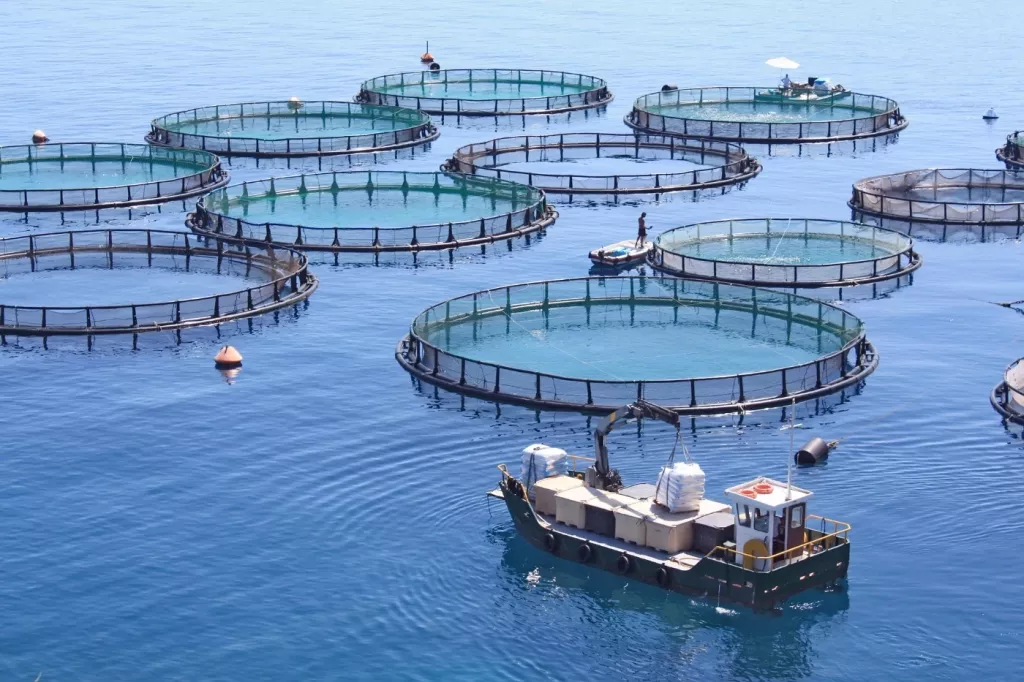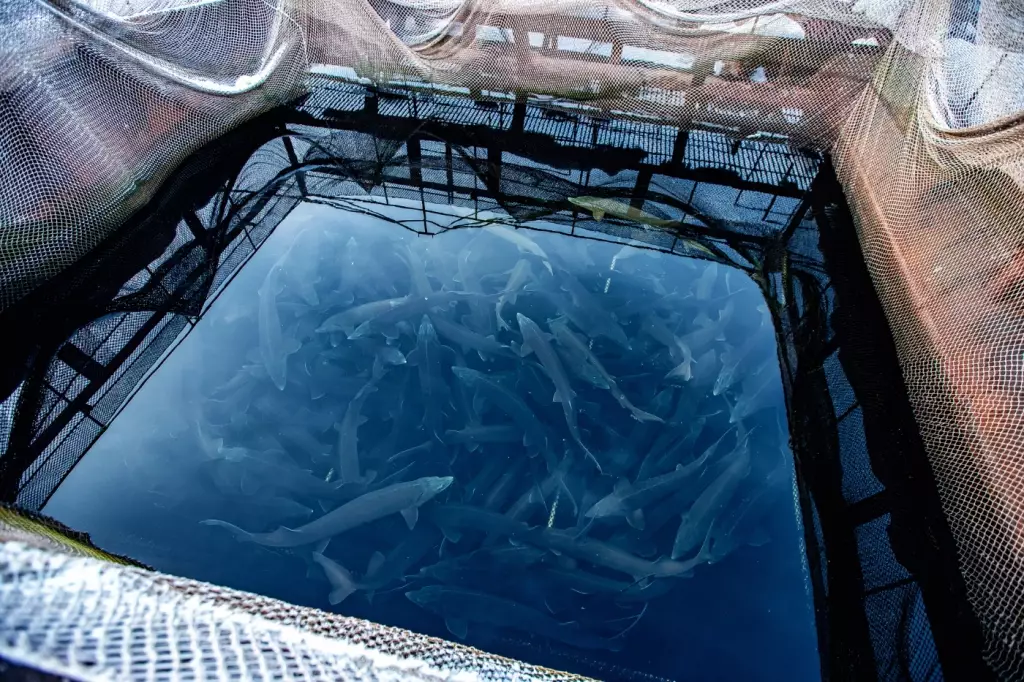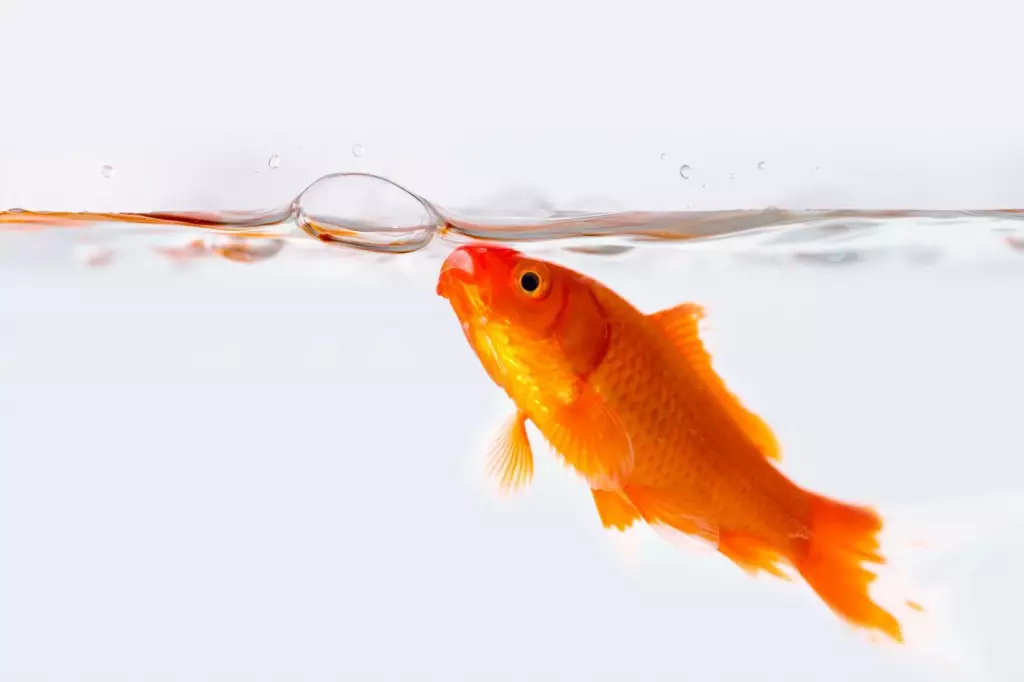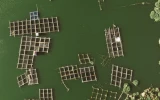Fish Farm Equipment You'll Need (with Costs Breakdown)
Are you planning to start a fish farm but are unsure about the costs of equipment? In this article, we'll explore the equipment you'll need for a successful fish farm, such as fish tanks or ponds, nets, pumps, and aeration devices. To better estimate costs, we also provided the price range for these essential pieces of equipment to help you plan your budget accordingly.
The fish farm equipment you’ll need are water tanks or ponds, nets, pumps, aerators, filtration systems, automatic feeders, and monitoring devices. The cost of small fish farm equipment is $1,000 on average, a medium-sized operation costs roughly $10,000, and a larger fish farm ranges from $80,000 to $200,000.
To start a fish farm, you'll need to pay close attention to water quality, making sure you have the right pumps and aeration devices to keep your fish healthy and thriving. But there are some costs that are often overlooked by beginners, so let's go over those in detail below.
Summary
- Building a pond can cost between $3,000 and $10,000, while indoor tanks can be less expensive, ranging from $1,000 to $3,000.
- The cost of equipment can vary greatly depending on factors such as the size of the farm, the type of fish being farmed, and the level of technology being used.
- Aeration systems include aerators, air stones, and diffusers.
- Monitoring devices include water testing kits, thermometers, and dissolved oxygen meters.

On this page:
Cost Breakdown of Fish Farm Equipment
Fish farming requires a significant investment in both equipment and operational costs. Here's a table of different fish farm equipment with a breakdown of costs for a small fish farm, medium-sized fish farm, and large fish farm. Please note that the costs listed are estimates and may vary depending on location, supplier, and other factors.
Average fish farm equipment cost:
- small fish farm: $2,300 - $4,000
- medium-sized fish farm: #23,000 - $50,000
- large fish farm: $230,000 - $500,000
| Equipment | Small Fish Farm (1000 m2) | Medium-Sized Fish Farm (1-5 ha) | Large Fish Farm (10-100 ha) |
|---|---|---|---|
| Pond Liner | $500 - $1,000 | $5,000 - $10,000 | $50,000 - $100,000 |
| Aeration System | $500 - $1,000 | $5,000 - $10,000 | $50,000 - $100,000 |
| Water Pump | $100 - $500 | $1,000 - $5,000 | $10,000 - $50,000 |
| Fish Feeders | $100 - $500 | $1,000 - $5,000 | $10,000 - $50,000 |
| Harvesting Equipment | $500 - $1,000 | $5,000 - $10,000 | $50,000 - $100,000 |
| Water Quality Testing Equipment | $100 - $500 | $1,000 - $5,000 | $10,000 - $50,000 |
| Processing Equipment | $500 - $1,000 | $5,000 - $10,000 | $50,000 - $100,000 |
| Total Estimated Cost | $2,300 - $4,000 | $23,000 - $50,000 | $230,000 - $500,000 |
Initial investment for fish farm equipment
The startup costs for a fish farming business can vary depending on the size of your operation and the type of equipment you plan to use. Here are some rough estimates:
- For a small fish farm with just a few tanks, you can expect to spend around $1,000 on equipment.
- If you're starting a medium-sized operation with about 50 tanks, your equipment costs could be around $10,000.
- For a larger fish farming venture, startup costs can range from $80,000 to $200,000. This includes a down payment on land, excavation and construction of ponds, and fish farming equipment.
Maintenance and replacement costs of equipment

Maintaining your fish farm equipment regularly can help prevent costly equipment breakdowns and ensure your fish farming operation runs smoothly. Some maintenance costs include:
- Water quality monitoring equipment
- Aeration systems
- Feed storage and distribution
Expect to replace some of your equipment over time, such as pumps, filters, and electrical components. Depending on the equipment, replacement costs can range from a few hundred to several thousand dollars. Regularly inspect your equipment and budget for replacement costs to avoid surprises.
When you anticipate the initial investment as well as the maintenance and replacement costs, you can better plan your fish farming business and ensure you have the right equipment on hand to help your venture succeed.
Essential Fish Farm Equipment
When you start a fish farm, it's necessary to have proper planning and investment in the right equipment. Here, we provide a list of essential fish farm equipment and brief cost estimates to help you plan your budget effectively.
Water tanks and ponds to harvest and market fish
You need water tanks or ponds to hold a large amount of fish for both harvesting and marketing. The cost of building a pond can range between $3,000 and $10,000, while indoor tanks can cost anywhere from $1,000 to $3,000. Choose the right option based on your budget and available space. They come in various sizes and materials, such as concrete or fiberglass.
Aeration systems for healthy oxygen levels
Oxygen is vital for fish growth and survival. Aeration systems are used to maintain healthy oxygen levels in your tanks or ponds. They include aerators, air stones, and diffusers.
The cost of an aeration system varies depending on the size of your farm and the type of system you choose. Expect to spend anywhere from several hundred to a few thousand dollars.
Filtration systems maintain water quality
A proper filtration system is essential to remove waste, maintain water quality, and prevent diseases. There are two types of filtration systems: mechanical and biological. Mechanical filters remove solid waste, while biological filters break down harmful ammonia and nitrite to maintain water quality.

The cost of filtration systems varies based on the type and size, but you can expect to spend anywhere from several hundred to a few thousand dollars on a suitable system for your fish farm.
Feeding equipment for your fish
Feeding equipment, such as automatic feeders, ensures that your fish receive a balanced diet at the right intervals. Automatic feeders not only save you time and labor but also help reduce waste and maintain water quality.
The cost of an automatic feeder depends on its capacity and features, but you can find a suitable option for a few hundred dollars.
Monitoring devices for water quality and diseases
Monitoring devices like water testing kits, thermometers, and dissolved oxygen meters are essential for maintaining optimal water quality and preventing diseases. Regular water testing helps you identify potential problems before they become severe.
The cost of these devices varies, but investing a few hundred dollars in proper monitoring equipment is crucial for the success of your fish farm.
Useful Tips for Buying Fish Farm Equipment
When starting a fish farm, investing in the right equipment is crucial to the success of your operation. Here, we provide some useful tips for buying fish farm equipment that can save you money and time.
Consider the size of your operation
The type and quantity of equipment you need will vary depending on whether you have a small-scale or large-scale fish farm. For a smaller operation, you may only need basic equipment like tanks and aerators, while larger operations might require additional handling equipment, water testing, and filtration systems.
Compare prices and suppliers of equipment
Take the time to compare prices and suppliers before making a purchase. Reach out to different suppliers, do research online, and ask for recommendations from other fish farmers. By doing so, you can find the best deals and choose the most cost-effective options for your budget.
Invest in equipment quality and reliability

Invest in quality equipment from reputable suppliers to ensure your operation runs smoothly and your fish thrive. Cheap, low-quality equipment can lead to inefficiencies, increased maintenance costs, and potential damage to your fish stock.
Some key considerations when looking for quality equipment include:
- Warranty and after-sales support
- Durability and resistance to harsh environments
- Energy efficiency and environmental impact
Keep these tips in mind, and you can set your fish farm up for success with the right equipment and minimal cost overruns.
Here are some websites that offer a selection of suitable equipment for your farm:
